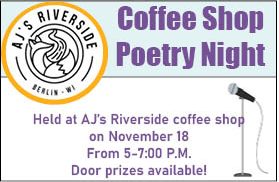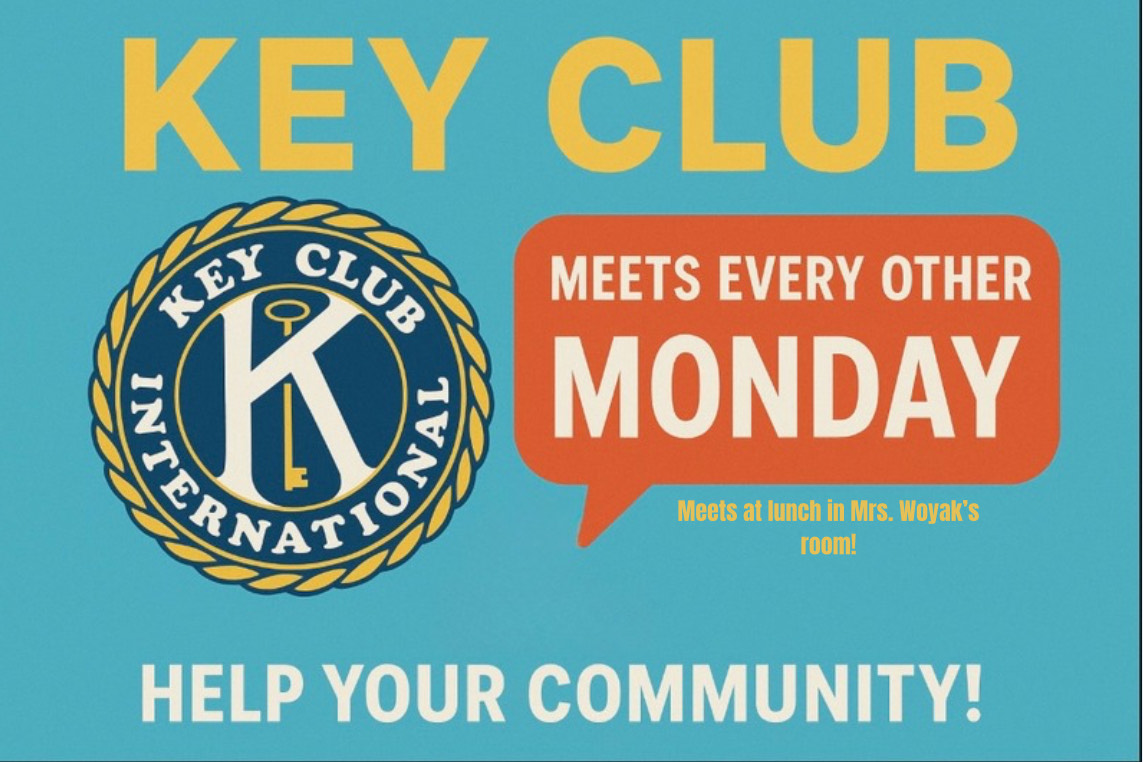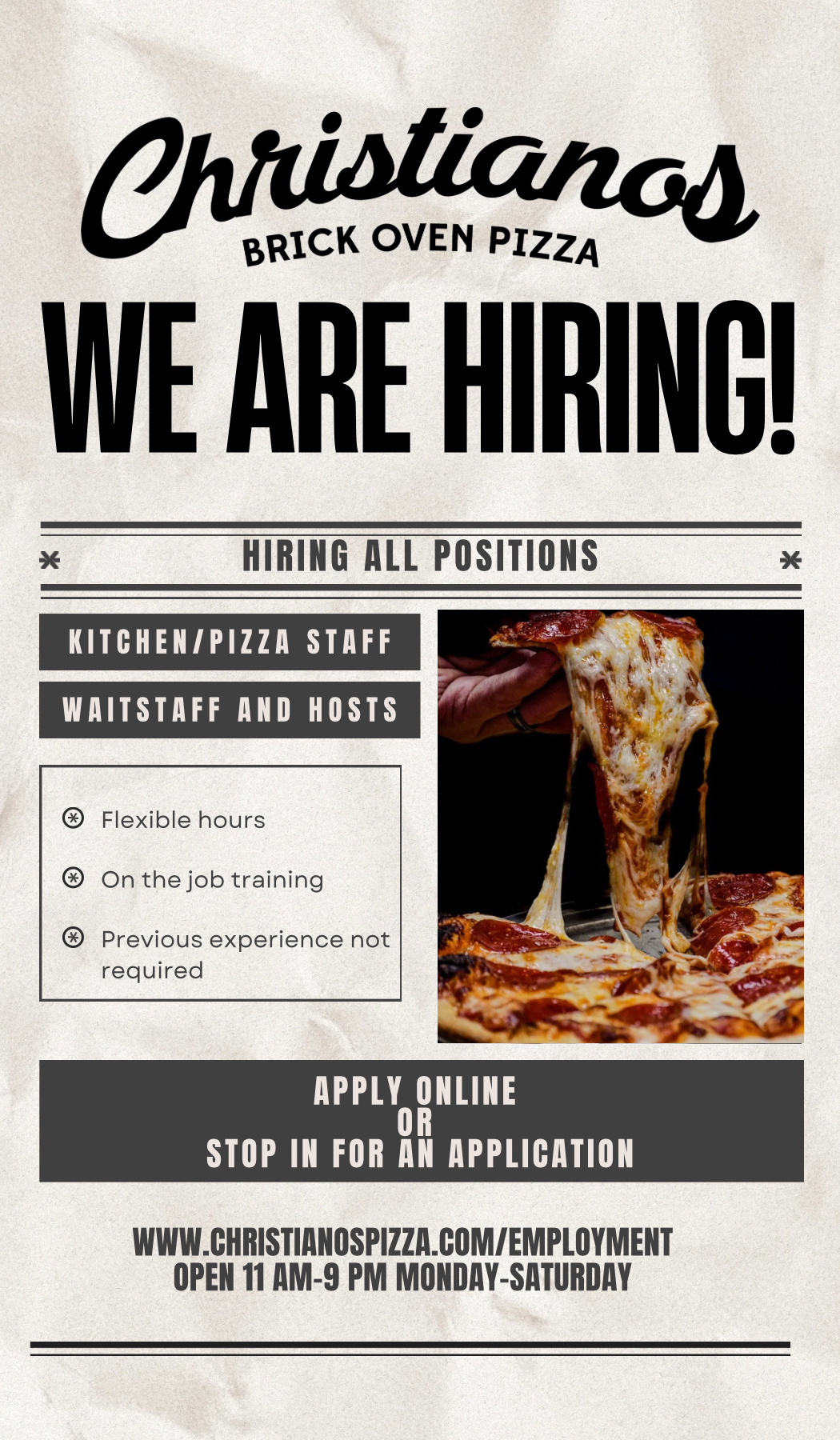Senior continues to adjust to hearing impairment
The “Speech Banana” shows where a person’s hearing falls. Most people land on the upper sides of the banana while senior Lauren Batley falls in the curve, unable to hear specific sounds. Batley has a condition called reverse-lobe bilateral hearing loss. “The speech banana is where the English language falls and my hearing isn’t up top where everyone else’s is, it’s down within that speech banana,” Batley said.
April 11, 2022
A school day for senior Lauren Batley is not a typical one, as she has a hearing impairment known as a reverse-lobe bilateral hearing loss. According to Batley, this means that her hearing falls at the bottom of the speech banana audiogram (see image beside story), while the average person’s hearing falls at the top. This causes difficulties in Batley’s everyday life that many people will never experience.
“G’s are very hard to understand, some B’s. Words get mixed up all the time. I can’t hear the lower notes but I can hear the higher ranges. Tub and rub get very confusing. June and Jude get mixed up a lot,” Batley said. “I have people repeat themselves a lot or speak loudly. When I first got my hearing aids a lot of noises were surprising. I didn’t know that lights made noise or that car engines are very loud or that you can hear airplanes so close. Stuff like that I can’t hear. With my hearing aids I can, but I have to adjust them because it gets annoying since I’m not used to it.”
Even in class, Batley occasionally has to make certain accommodations in order to get all the necessary information. Sometimes, teachers have to wear a small microphone on their shirts that connects directly to Batley’s hearing aid so she can hear everything going on in the class.
“It’s like a microphone almost but it goes directly to my hearing aids instead of just around. Our school doesn’t have one but there’s something called a loop system and it connects directly to your hearing aids; my church has it so I can hear the pastor. I don’t really use the clip as much because my hearing aids are usually enough, but a lot of people misunderstand that a hearing aid just makes things louder, it doesn’t mean things are going to be clearer.”
Due to Batley’s reverse-lobe bilateral hearing loss, special ed teacher Karla Berg helps her with an IEP (Individualized Education Plan) in order to ensure Batley’s needs are met.
“Students who receive special education services represent a diverse population. The only common factor among them is that these students have one or more disabilities for which they need specially designed instruction in order to succeed. A student who struggles with dyslexia might need more time to read and respond to test questions. A student who is visually impaired might need large-print materials. Every student is unique,” Berg said.
Another tool Batley utilizes is the occasional use of sign language. Friend and fellow senior Allie Borland and her sometimes use it to communicate, as they are both in the process of learning.
“Lauren and I use sign language as needed, in the sense that there are times when noise alone is too quiet for Lauren to hear, or when I go non-verbal. It is also nice to be able to sign in quiet rooms without disturbing others, like during class work time,” Borland said.
IEPs are not only used for students with hearing impairments, but for many other disabilities as well.
“Several categories of disabilities are recognized by the Individuals with Disabilities Education Act (IDEA): autism, orthopedic impairment, blind and visually impaired, other health impairment, deaf and hard of hearing, speech or language impairment, deafblind, emotional behavioral disabilities, traumatic brain injury, intellectual disabilities,” Berg said.
Still getting used to her hearing aid, Batley has not fully adjusted to wearing it all the time. Because of this, she has a few things she wishes everyone would understand.
“Be patient. I understand it’s frustrating to have to repeat yourself, but I’m trying my best. Assignments take me longer too because some questions that we’ll get in homework or during tests I think I heard, but then I read the question and I’m like ‘that’s not what we talked about’ and I have to go back and figure out what they actually said and not what I thought I heard. Just understanding that when I wear my hearing aids I get more exhausted easily so it’s more tiring throughout the school day,” Batley said.









